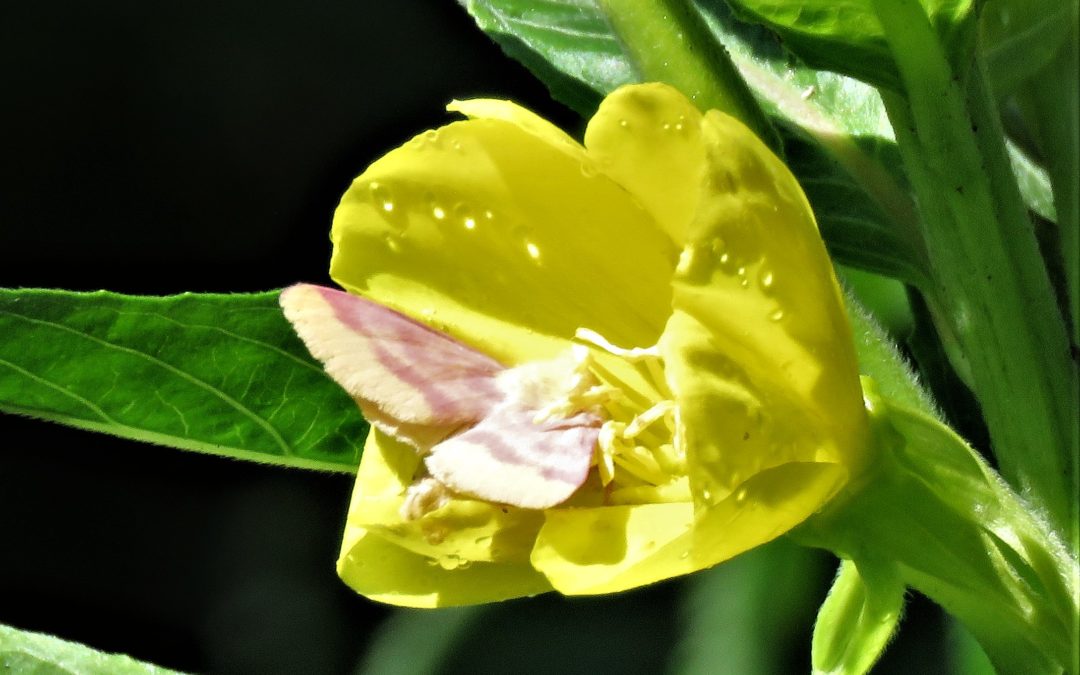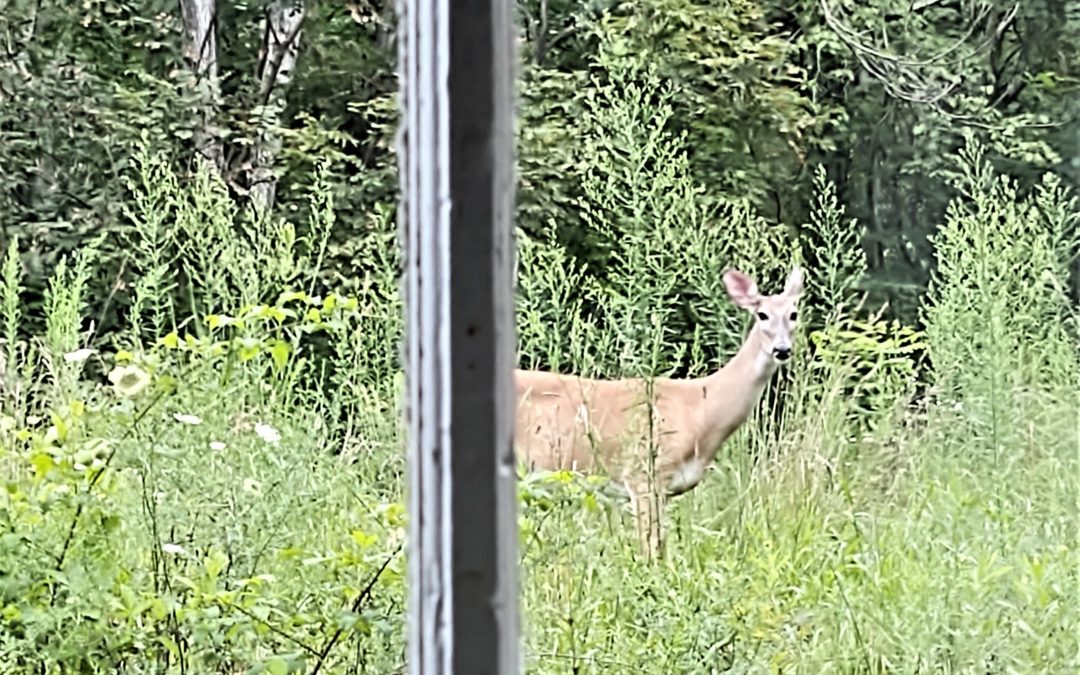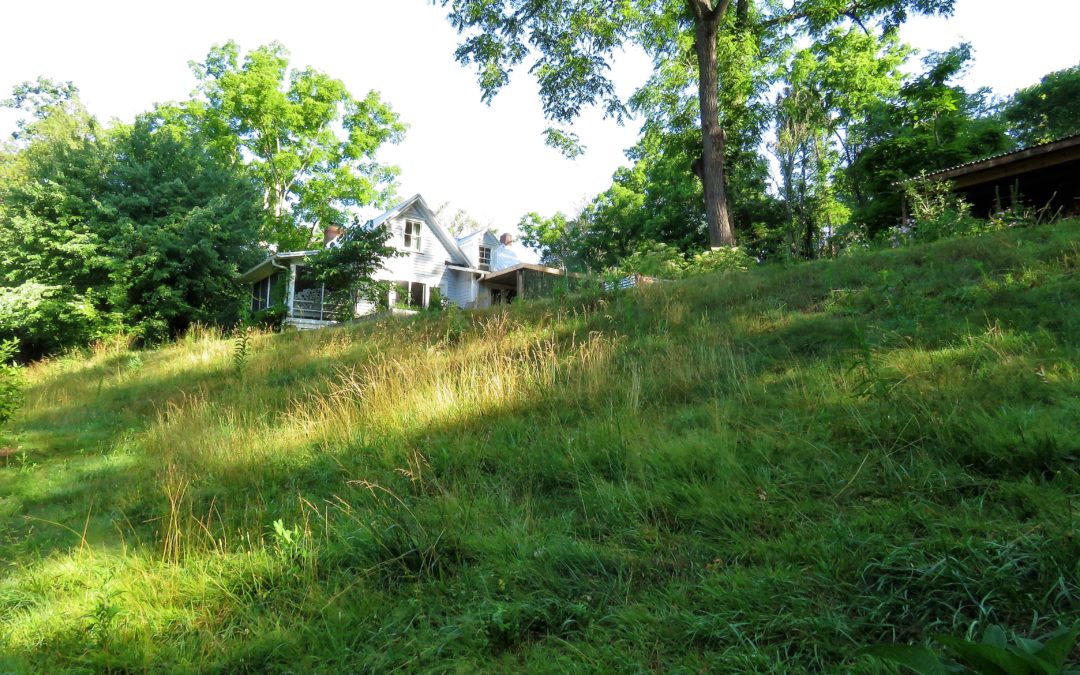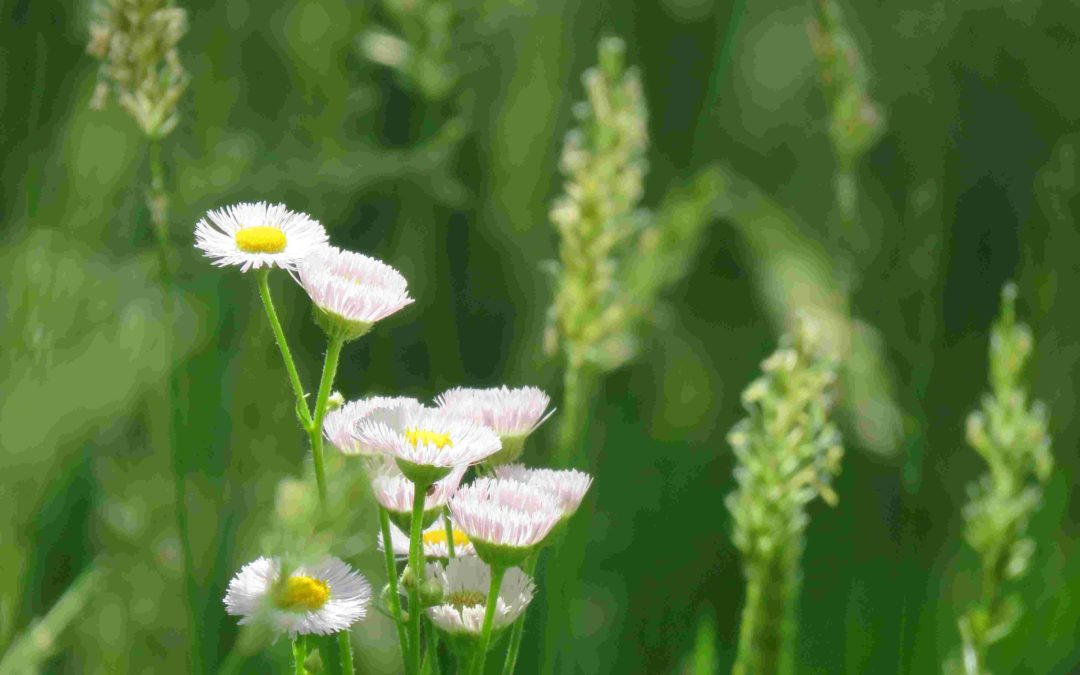
Wasps, Ticks, and Lessons on Balance from Land
During the summer, I stumbled into a Yellow Jacket Vespula maculifrons nest. I was already aware of two other nests, which, tucked out of the way, were easily avoided. But this one, perched along the border of an Apple permaculture guild, loomed threateningly, with its inauspicious and well-trafficked location. As I nursed my angry welts, I worried about Goober the Dog entangling with them. I struggled with the rewilding rules, devised with more-than-human co-researchers, to abide all beings who contribute to the community, despite my western human discomforts.
In Southern Appalachia, white settler lore recommends pouring gasoline down the holes of Yellow Jackets at night, when the Wasps are dormant, and setting them alight. Over-the-counter insecticides boast poisonous spraying capacities of up to 20 feet, thus protecting the sprayer from any undesirable consequences resulting from the mass-annihilation of a community of stinging beings. Commercial pest control companies offer “safe” removal strategies for an exorbitant price; and online remedies suggest covering the nest entrance with a bowl, administering dry ice or peppermint oil, or sucking out the entire colony with a wet/dry vacuum. None of these options seemed congruent with the ethos of the year of rewilding, so I decided to wait and watch instead.
One of the first things I noticed was that despite appearing to congregate at the nest site, the Yellow Jackets roamed over the entirety of the Land in large numbers. I found them with pollinating Insects in stands of Wildflowers but also at the Vegetable patch amongst the Lettuces and Tomatoes. In these locations, they both busily captured other Insects, such as Aphids, Beetles, and Larvae, and collected nectar from flowering Plants, thus aiding in pollination. I also noticed that Goober avoided the nests, perhaps from unpleasant lessons learned in the past or an innate instinct. My concerns for him lessened, as I began to appreciate his keen intelligence and capacity to safely navigate his own world.
Avoiding panic or immediately defaulting to the western imperative to manage and/or destroy unpleasant imbroglios allowed me to explore what Donna Haraway (2015) refers to as “response-ability,” which she describes as:
…the high stakes of training the mind and imagination to go visiting, to venture off the beaten path to meet unexpected, non-natal kin, and to strike up conversations, to pose and respond to interesting questions, to propose together something unanticipated, to take up the unasked-for obligations of having met. (p. 8)
Bawaka Country et al. (2019) take this concept further, noting that response-able relationships with more-than-human kin requires both a response and ability. We are required to both pay attention and to act in ethical ways, recognizing our complicity and abilities in co-shaping worldly realities. After gaining a greater appreciation for Yellow Jackets and their valuable work within this Land community, we managed to negotiate a détente, whereby I don’t disturb their nests, they don’t sting me, and we all get on with our work with Land to heal the community. The remainder of the summer passed without any further uncomfortable interactions with Yellow Jackets.
During the same summer months, I was displeased on a few occasions to discover, after a day’s work with Land, a Tick Ixodes scapularis or two embedded in my skin. Then I started noticing some strange things happening with my body. My right thumb and right big toe started painfully tingling; my energy levels, initially revved up from time outdoors and biking, started to wane dramatically; and sweats and chills started disrupting my sleep patterns. My doctor ran a series of blood tests, and sure enough, I have Lyme Borrelia burgdorferi and Borrelia mayonii disease.
Unlike Yellow Jackets, with whom I can choose to foster a relationship of mutual avoidance, I can’t circumvent intimacy with the Borrelia Microbes that have taken up residence with all the other Microbes in my bodily community. There is certainly nothing “natural” or “wild” about the pharmaceutical-grade antibiotics I am now taking or the indiscriminate, no quarter, mass-killing of tiny lives that is currently taking place in my body because of my decision to take them.
Tick and Borrelia beings challenge delusions of utopian Edenic rewilding outcomes, as here-and-now realities illuminate what Donna Haraway (2008) refers to as “contact zones.” Originally coined by Mary Louise Pratt (1991), contact zones refer to contested spaces where conflict and difference, negotiated amongst humans with vastly disparate power differentials, results in cultural diffusions and co-created realities across boundaries. Haraway introduces the realities of multispecies contact zones where human cultural realities are better described as complex interspecies entanglements.
The avoidance of discomfort associated with such muddles is a hallmark of the dominant culture. Food is sanitized and packaged to shield the consumer from the brutal realities of industrial farming. Forests are razed and replaced by suburban homes, safely ensconced within manicured lawns and tidy shrubs, sprayed with poison to confer the delusion of human control over Nature. Predators are annihilated, offering a false sense of safety, as Deer, Mice, and Ticks proliferate in the vacuum.
In his Autobiography, Benjamin Franklin (1909) observed that in the quest of seeking moral perfection, focusing on improving one fault allowed others to burgeon in the shadows of abstraction. Similarly, the western utopian quest to circumvent the labyrinthine realities of life and death on Earth breeds dystopian consequences – climate change; pollution of air, water, and land; COVID-19; and Lyme disease.
Now I must confront contact zones within my body community. I choose to resort to the western “solution” of antibiotic chemical warfare, knowing that the collateral damage will not be inconsiderable. My body’s rewilded Microbiome, carefully cultivated over the course of this year via relationships with Land and eating only food, grown without chemical inputs here and in the bioregion, will perish along with the targeted Borrelia, effectively clearcutting an internal ecosystem. The irony, tinged with a hint of potential hypocrisy, does not escape me, as I grapple with the enigma of the meanings of wildness in the contemporary world.
A few nights ago, an Opossum Didelphis virginiana braved a perilous contact zone, digging up and eating one of the Yellow Jacket nests. After fostering a complicated relationship with Yellow Jackets, this dramatic event left me with mixed emotions. I found myself hoping that the season’s new queens were already safely hunkered down in autumn’s leaf litter, awaiting the spring thaw to bring forth new generations. At the same time, knowing that the protein and fat-rich Wasp larvae will sustain the Opossum and her young through the winter ahead delighted me. In the miraculous interwoven complexities of the wild world, the growing Opossum population will also curb Tick populations when the Northern Hemisphere turns once again toward the Sun, and my body will heal, as we collectively move closer to the moving target of restoring balance.
References
References
Bawaka-Country, Suchet-Pearson, S., Wright, S., Lloyd, K., Tofa, M., Sweeney, J., . . . Maymuru, D. (2019). Gon gurtha: Enacting response-abilities as situated co-becomming. Society and Space, 37(4), 682-702.
Franklin, B. (1909). The Autobiography of Benjamin Franklin (Vol. 1): Createspace Independent Publishing Platform.
Haraway, D. (2008). When Species Meet (Posthumanities): University of Minnesota Press.
Haraway, D. (2015). A CURIOUS PRACTICE. Angelaki, 20(2), 5-14. doi:10.1080/0969725X.2015.1039817
Pratt, M. L. (1991). Arts of the Contact Zone. Profession, 33-40. Retrieved from http://www.jstor.org/stable/25595469




